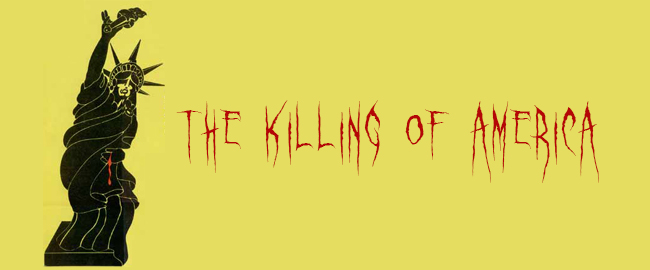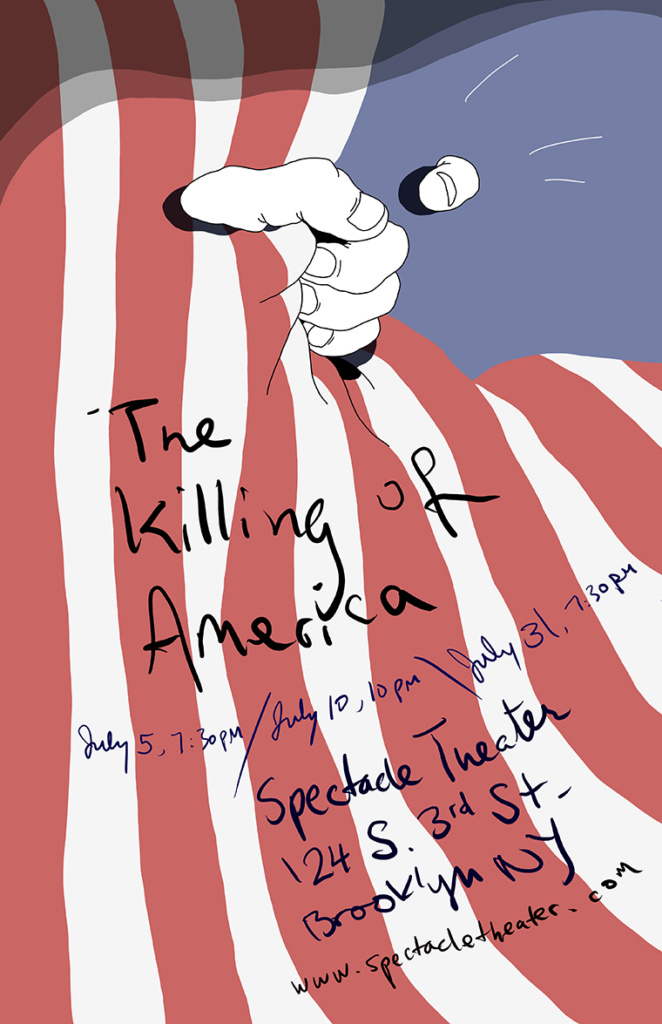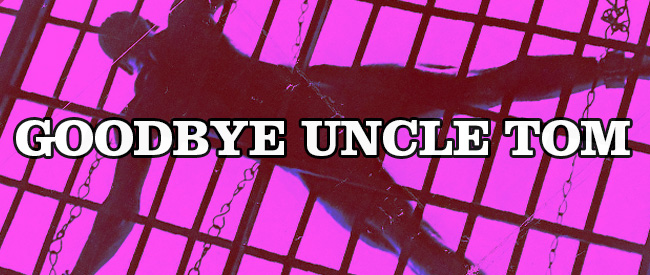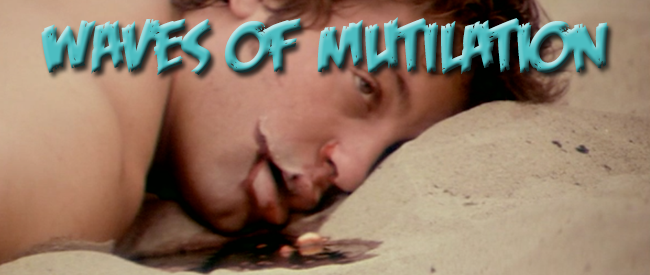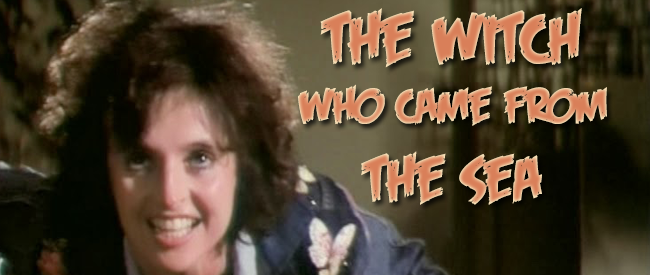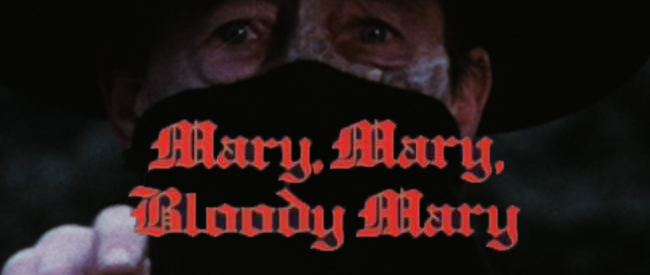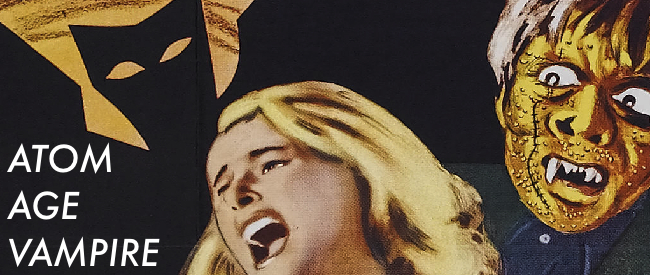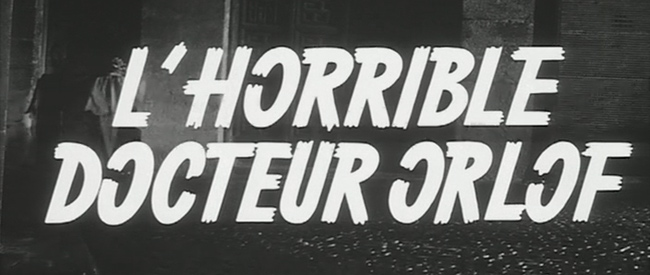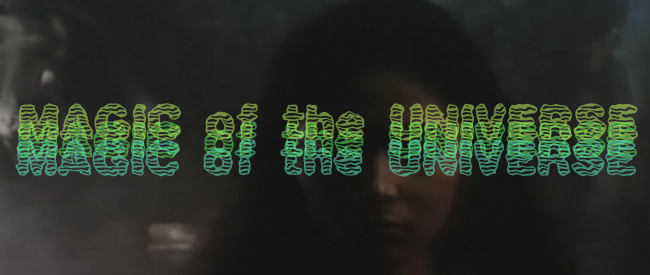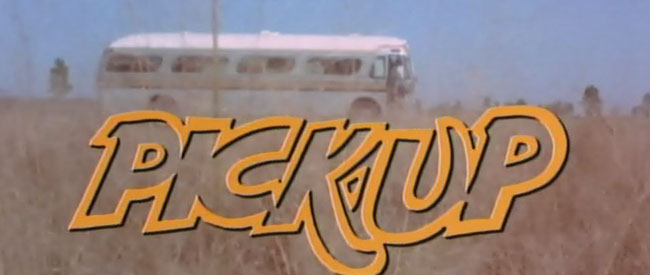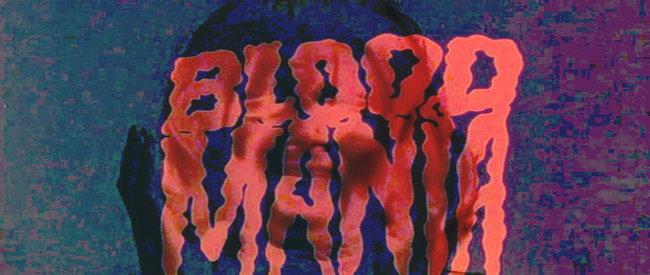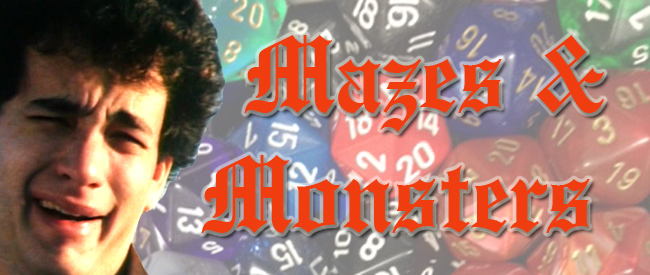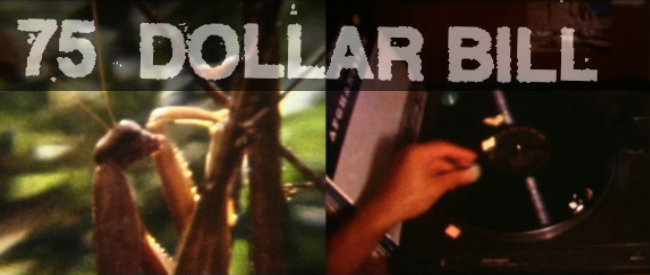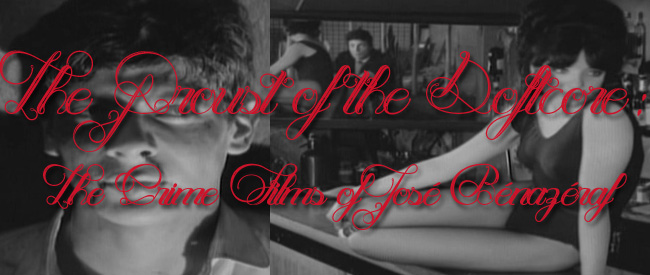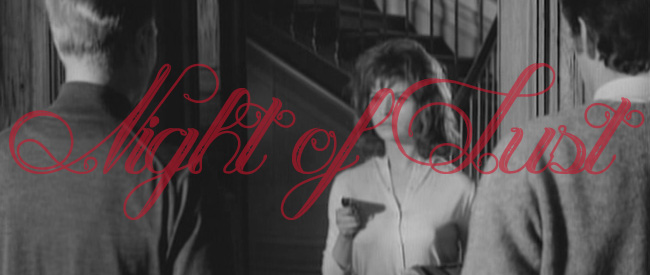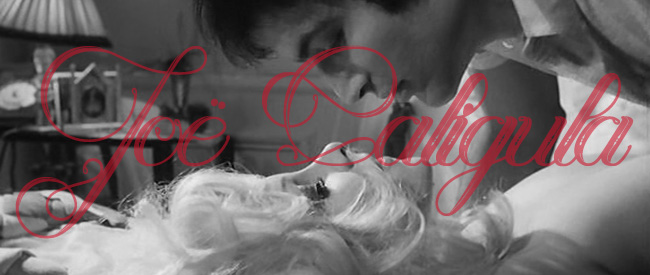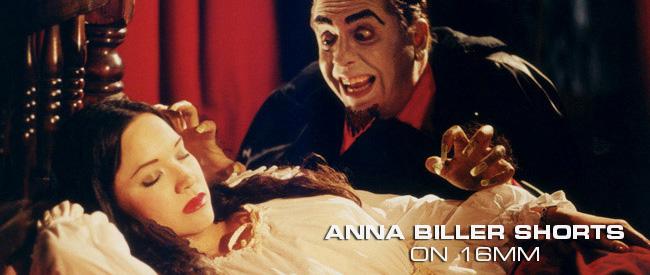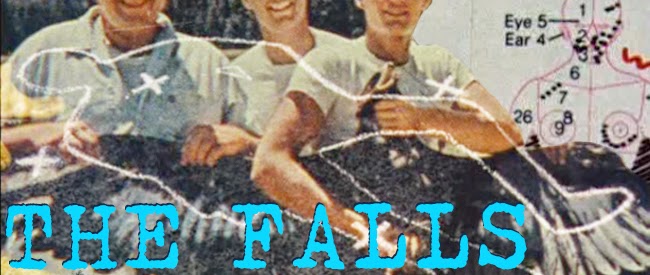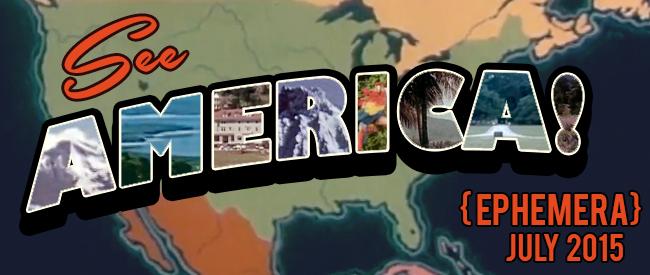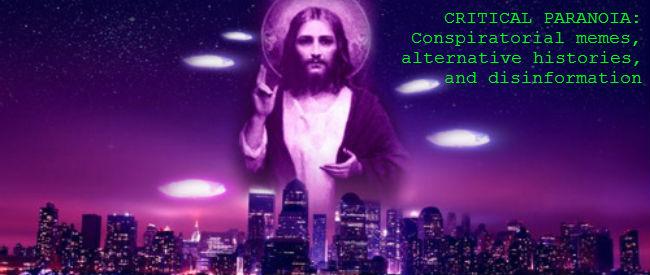THE KILLING OF AMERICA
Dir. Sheldon Renan & Leonard Schrader, 1982
USA, 90 min.
SATURDAY, JULY 5 – 7:30 PM
THURSDAY, JULY 10 – 10:00 PM
THURSDAY, JULY 31 – 7:30 PM
ALL OF THE FILM YOU ARE ABOUT TO SEE IS REAL. NOTHING HAS BEEN STAGED.
So begins the 1982 shockumentary THE KILLING OF AMERICA, a film that, even among its mondo movie contemporaries, stands out as one of the grimmest and most infamous films ever produced. So much so, in fact, that to this day it remains effectively unreleased in The United States.
If violence is the disease, then THE KILLING OF AMERICA is the microscope. Compiled almost entirely from news broadcasts, security camera footage, etc, THE KILLING OF AMERICA chronicles nearly every major violent incident of the era, from the JFK assassination onward. The America presented here is land characterized by widespread burnout and disillusionment. Add to that the increasing pervasiveness of the mass media, as well as an obscene overabundance of firearms, and you are left with a sobering portrait of a sick society, in which insanity and paranoia breed easily. Meanwhile, three decades later…
Directed by Sheldon Renan & Leonard Schrader (brother of Paul Schrader), and featuring a noteworthy narration by voiceover master Chuck Riley.
GOODBYE UNCLE TOM
Dir. Gualtiero Jacopetti & Franco Prosperi, 1971.
USA. 135 min. Director’s Cut.
In Italian with English subtitles
SATURDAY, JULY 5 – 10:00 PM
TUESDAY, JULY 8 – 10:00 PM
THURSDAY, JULY 31 – 10:00 PM
Rarely seen Director’s Cut featuring contemporary documentary footage and original narration • Special thanks to Bill Lustig and Blue Underground
Few films have the mixed legacy accorded to MONDO CANE, the first film by Gualtiero Jacopetti and Franco Prosperi. The box office smash was nominated for the Palme d’Or and nearly won an Oscar for Riz Ortolani’s song “More,” which became a staple at weddings. It invented it’s own dubious genre, shock anthropology, and transformed the common Italian word for “world,” mondo, into a neologism conjuring all that’s bizarre, outrageous, and stranger than the fiction it questionably purports not to be. It’s the international signifier for extreme international weird.
When critics caught up with the put-on, they were relentless in their assault on the duo. By the time they released AFRICA ADDIO, a lurid chronicle of violence in the wake of decolonization in Tanzania and Kenya, they were accused of every kind of ethical violation from flagrant racism to paying soldiers to murder people before their cameras. The duo was hurt, and felt they had to do something to dispel accusations of intolerance.
So they made GOODBYE UNCLE TOM — one of the most challenging, notorious, anti-American, and maligned films of all time.
At a glance, it has very little to do with mondo. Allegedly, the idea took root when Jacopetti suggested the duo make MANDINGO into a documentary — this being many years before Richard Fleischer’s own scintilating Hollywood adaptation. The result is like if Peter Watkins and Ken Russell adapted Kyle Onstott’s taboo-shattering pulp novel about slave breeding and deciding to drive the historically rooted horrors of slavery home further by cranking them up a notch.
Making the tongue-in-cheek claim of being an actual documentary about American slavery, the film charts the entire institution of slavery from arrival (it is widely acknowledged as being the first movie ever set significantly on a slave ship) through supposed emancipation. Pulling many of the least pleasant historical realities of American slavery out from under the rug and rendering them in unhinged expressionistic extremes, it presents the institution as a grotesque atrocity exhibition including rape, infanticide, bizarre medical experimentation, and even a Bathory-esque blood bathing. And it’s all framed with contemporary newsreel footage of present-day civil rights violations and quotes—many of them presented with wry-self critique—from leaders or controversial figures including Martin Luther King, Malcolm X, Eldridge Cleaver, and Amiri Baraka, resulting in what Pauline Kael called “the most specific and rabid incitement of the race war” (while acknowledging that people of color seem to appreciate it much more than herself).
Or as Roger Ebert wrote, “They have finally done it: Made the most disgusting, contemptuous insult to decency ever to masquerade as a documentary.” Yet to be fair, one might point out that the “mockumentary” genre the film pioneers—Watkins is the only filmmaker who comes to mind who previously described such a patently fabricated scenario, i.e., one taking place before motion picture cameras were invented, as a “documentary”—was still an almost totally unfamiliar lexicon.
And with that barefaced claim, few movies are as gleefully, sadistically fixed upon a program of not-giving-a-fuck — which one might recognize as a front for a genuine core of outrage. It predates Pasolini’s canonical SALO, a like-minded piece of shock as an instrument of anti-bourgeois (an aim for which its privileged critical positioning might indicate it has failed), but is explicitly linked to the contemporary reality of American racism. Richard Corliss shouts out GOODBYE UNCLE TOM in his positive review of 12 YEARS A SLAVE — and yet one could not leverage the criticism that many, including Kareem Abdul Jabbar, made of 12 YEARS: that it stirs a rage that is compartmentalized into the past and portrayed as history without an acknowledgement of the human motivations that allow slavery to continue to exist around the world. Conversely, GOODBYE UNCLE TOM concludes with documentary footage of peaceful black protesters being brutalized by the national guard, followed by happy-go-lucky Southern Civil War re-enactors who restage history with an outrageously apparent disregard for the complexity and human debasement it represents. As the Italian narrator happily intones on the final line of the film, “It’s wonderful to return home on this splendid day in May and take a nice shower to wash away the past.”
Of course, part of the trouble of GOODBYE UNCLE TOM is that we can’t simply settle upon a simple, revisionist attitude. It’s undeniably an unpleasant, problematic, and troubling film—but one worth revisiting for those willing to confront tangled knots of history and their representation on screen.

